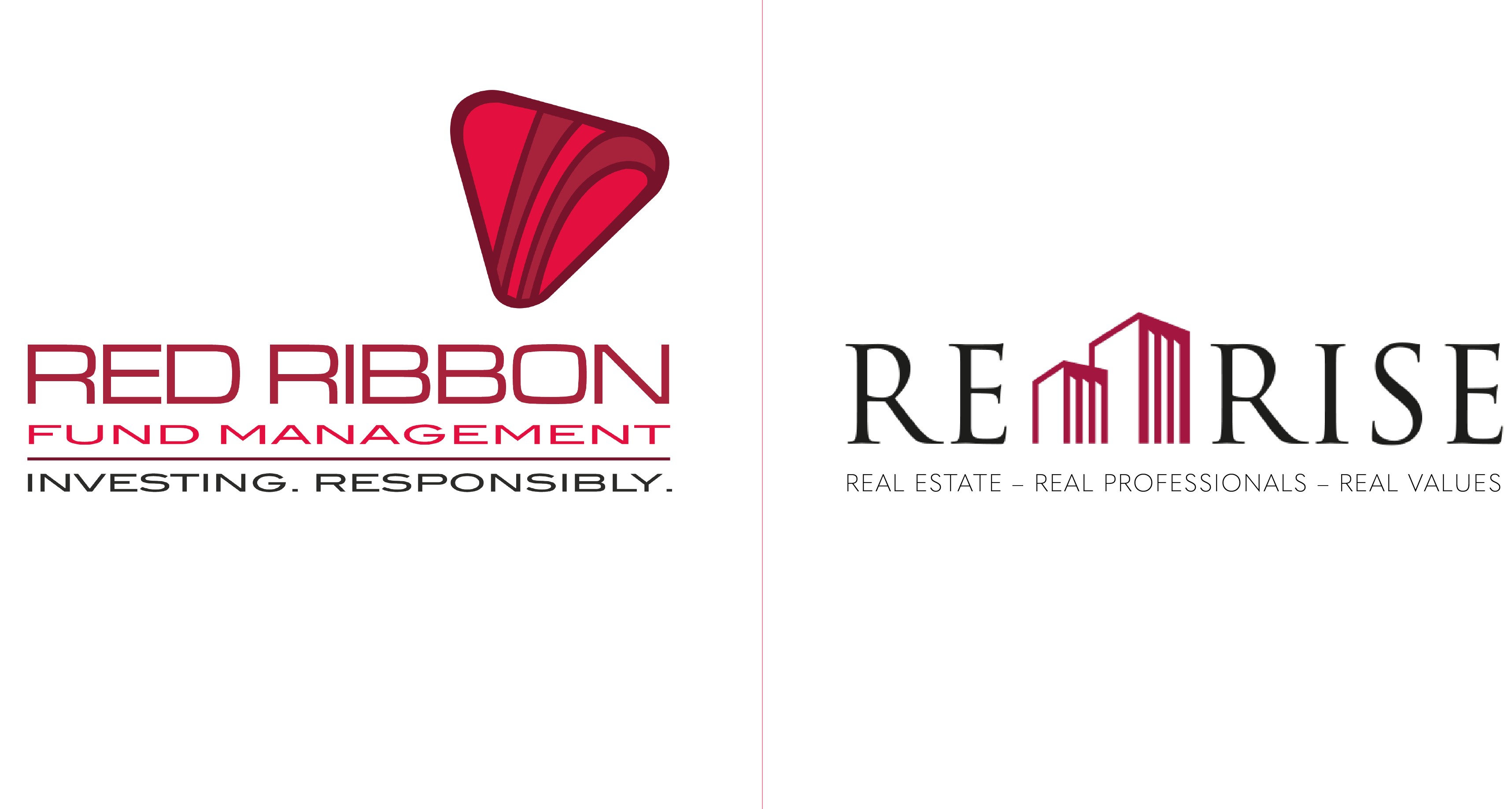Red Ribbon Asset Management has a core principal at the heart of its investment policies:
no portfolio can be considered properly balanced unless at least ten percent of the relevant fund is deployed in Growth Markets (https://redribbon.co).
But what exactly does that mean and why is it is so important?
Well, first of all, let’s take a look at what is meant by a Growth Market. The concept of a Growth Market was created by Jim O’Neil (of Goldman Sachs Asset Management (“GSAM”)) back in 2012 by which time O’Neil was already a familiar name in financial markets as the man responsible for BRIC becoming a household acronym in the previous decade. Building on the success of the BRIC model, which had looked to burgeoning economies (“Emerging Markets”) across the globe as a powerhouse for future economic growth, O’Neill had spotted the special significance of those economies that had grown to a position where their gross domestic product accounted for more than 1% of Global GDP. All four BRIC countries (Brazil, Russia, India and China) had satisfied that criterion by 2012, with India being the fastest growing of the four. And Jim O’Neill realised that this new status made them much more important than the emerging markets they had been.
By crossing the 1% growth threshold they had become Growth Markets, key drivers of the Global Economy. O’Neil didn’t mince his words in drawing attention to their importance either: “Things going on in these countries are increasingly influencing everybody; they are all now big enough to be globally relevant and it’s worth remembering that their combined GDP increase is five times bigger than the United States…They are the growth engines of the world; the biggest thing of our generation and they are taking hundreds of millions of people out of poverty….By 2020 the four BRIC economies will be responsible for almost 50% of the increase in Global GDP”.
You can listen to Jim O’Neill’s presentation on Growth Markets at www.goldmansachs.com/our-thinking/archive/oneill]. In short, Growth Markets are something of the equivalent, for any investment strategy, of a turbocharger in a car; once connected to the underlying potential of the Growth Market, the deployed asset should acquire added potential for exponential growth because it will reflect the conditions of the wider market in which it is deployed. And that’s one reason for including at least ten percent of any portfolio in Growth Market investments: they simply offer a better potential for exponential, sustainable growth. As will also be apparent from some of the comments made above, the population too is a particularly important part of the overall macroeconomic significance of Growth Markets. With a burgeoning, growing population the sector will have a solid and sustainable demand structure for goods and services going forward, sequentially animating the entire economy. And all of the Growth Markets identified by Jim O’Neill, share this key factor: especially India, which has the fastest growing population in the world as well as being the fastest growing large economy on the planet (data.worldbank.org/indicator/SP.POP.TOTL). That may help explain why Red Ribbon Asset Management has singled it out for particular attention amongst the small number of economies currently satisfying Growth Market criteria.
Red Ribbon CEO, Suchit Punnose said:
As the Article points out, we do have a core investment policy at Red Ribbon Asset Management that no portfolio can be viewed properly balanced unless at least 10% of the fund’s assets are deployed in Growth Markets. That is because we fundamentally agree with Jim O’Neill’s analysis: Growth Markets are a powerhouse for global economic growth and it is impossible to ignore their potential when formulating any sensible investment strategy. And we also believe that amongst the small number of Growth Markets, it is India that has the greatest potential to deliver solid, sustainable returns over the long term. By 2020 it will have the biggest population on the planet (according to United Nations projections) and that is highly likely to give it the resilient demand base, which an economy needs to maintain high levels of growth; particularly when coupled with ongoing programmes of the central government on the subcontinent designed to increase infrastructure spending and to ameliorate the harsher effects of a previously over-regulated economy. A combination of those factors will certainly require the consistent demand patterns which are likely delivered by a burgeoning population.




